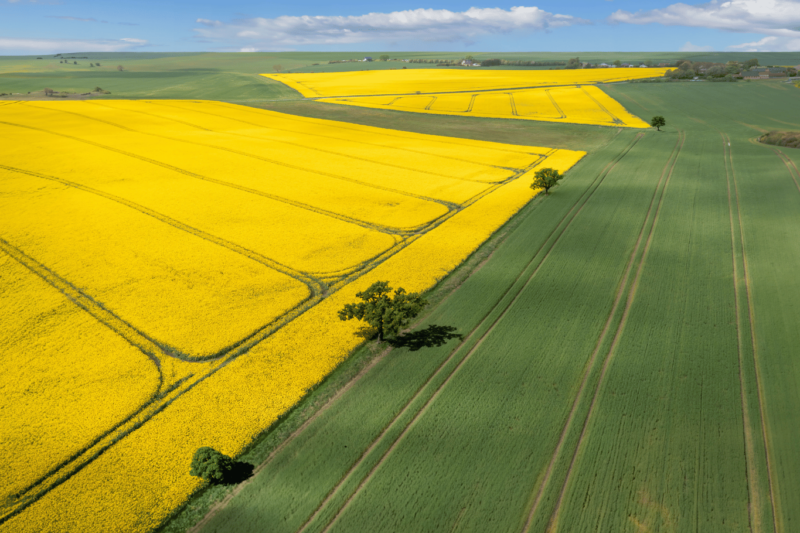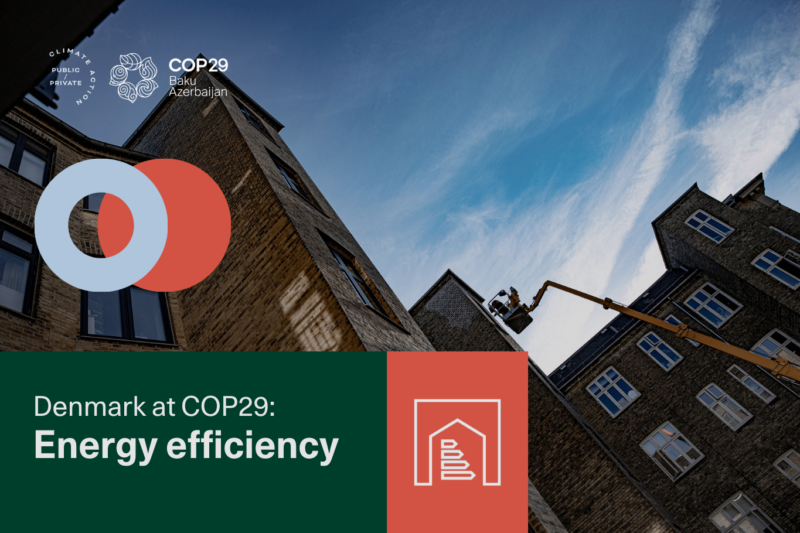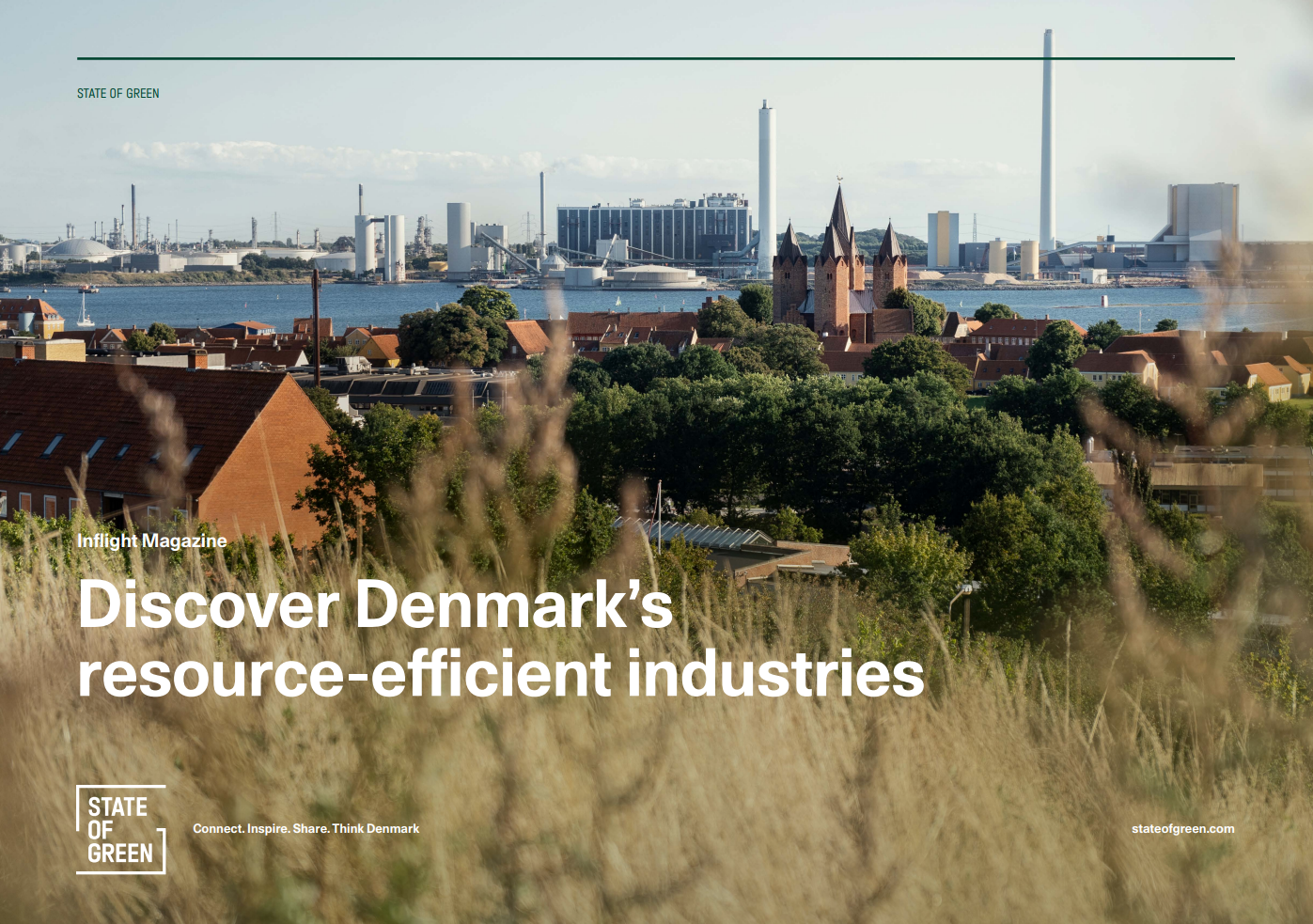News
Landfill and soil remediation
Resource efficient production
Nanofertiliser Will Reduce Phosphorus Pollution From Agriculture


Every year, a large amount of excess phosphate from fertiliser is applied to the agricultural land where it accumulates in the ground without benefitting the agricultural production. In fact, only around 15-25% of the applied phosphate is utilised by the crops to help them grow.
The excess phosphate is very damaging to the water environment, which is gradually ruined by the pollution. Therefore, the Agricultural Package that recently came into force in Denmark requires the agricultural sector to reduce the phosphorous emissions significantly.
The new project, which is a collaboration between Innovation Fund Denmark and Copenhagen University’s Department of Plant and Environmental Sciences, is an attempt to develop a more efficient phosphate fertiliser through the use of nanotechnology. The scientists are trying to encapsulate the phosphate in biodegradable nanoparticles that the plants can absorb through their leafs, and thereby prevent it from getting left in the ground.
-The project signals a paradigm shift, where we can apply phosphate exactly when the plant needs it, says project manager Søren Husted, professor in plant science at the Department of Plant and Environmental Sciences.
Søren Husted anticipates that the nanofertiliser will be able to reduce the consumption of phosphate in the agricultural sector by 70-75%.
Additionally, nanofertilizer will make it easier to restrict the application of fertiliser to the exact time when crops are able to absorb the phosphate.
-The goal is to reduce the 25kg of phosphate currently used per hectare per year, to only 5-8kg of phosphate that will be applied directly to the plants. Thus, we will be able to bypass the ground and the mechanisms that bind it the fertilizer in a way that makes it inaccessible to the plants. With current practices, a large amount of phosphate is wasted, which represents an enormous waste of a valuable and limited natural ressource, and furthermore constitutes an environmental threat when it enters the water environment, continues Søren Husted.
-Related news: Potential for Substantial Savings and CO2 Reductions in the Agricultural Sector
Efficient nanophosphate is a win-win
In addition to environmental benefits, a more precise and focused use of phosphate will save the agricultural sector expensive purchases of fertilisers, while potentially producing higher crop yields.
Chief consultant on fertilizer and project partner Leif Knudsen from SEGES explains:
-It really is a win-win situation if we succeed in optimising the crops’ uptake of phosphate. It will benefit the farmers financially and protect the environment.
The other partner, Funen Flex Fertiliser, will produce the fertiliser and ensure that the nanofertiliser is able to compete with traditional fertilisers on the market.
-We need to be able to document that the new phosphate fertiliser is more efficient than the existing alternatives. This fertilizer will be more costly and we therefore need to be able to justify that extra cost. If there is an economic incentive then we will be able to open the doors to the farmers who cannot necessarily afford the extra cost, says product manager Allan Holm Nielsen.
-Related news: Algae is the Future's Sustainable Super Crop
Investment
-Innovation Fund Denmark: EUR 1.9 million
-Total budget: EUR 2.9 million
-Duration: 4 years
-Official title: SMART-P
Facts
-The agricultural sector applies 20-30kg of phosphate per hectare of land every year, but only 15-25% of it is absorbed by crops while the rest remains in the ground.
-The poor utilisation of phosphate has resulted in the accumulation of an average of 1500kg of phosphate per hectare of Danish agricultural land over the last 75 years.
-The project will further develop and document the effect of fertilizing with phosphate directly on the leafs of the crops, and thereby develop a whole new generation of fertilizer that can be absorbed more efficiently without remaining in the ground.
-Similarly to nitrogen, phosphate is a plant nutrient and an important cause of algal bloom in lakes and coastal areas.
-Source: Innovation Fund Denmark
You should consider reading
solutions
Combined heat and power production
+6
CopenHill: The story of the iconic waste-to-energy plant
20 November 2024solutions
Energy efficiency in buildings
+2
Greening the UN one building at a time
20 November 2024publications
Energy efficiency in industry
+7















